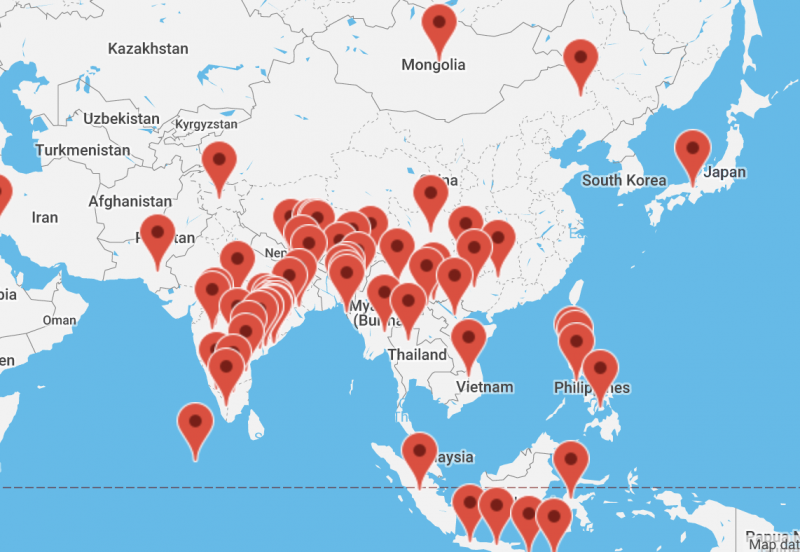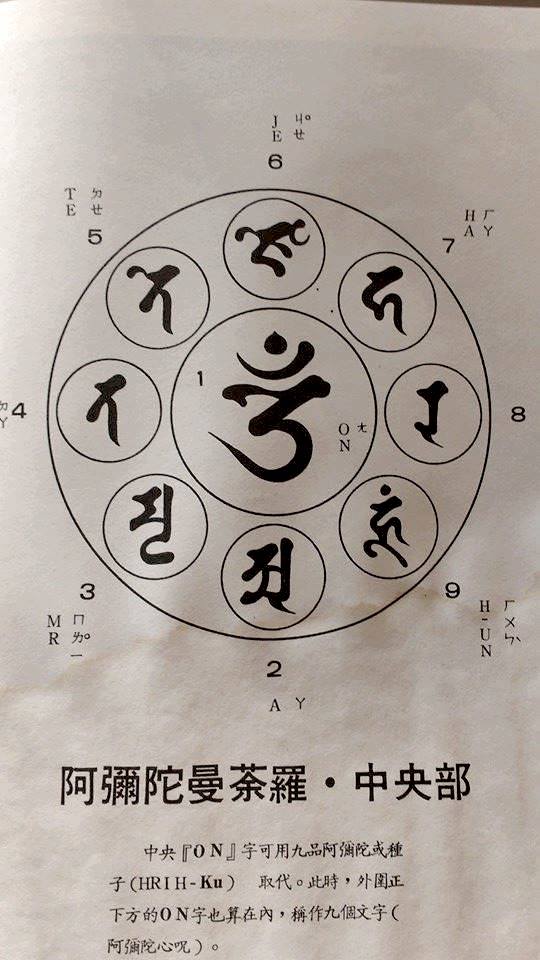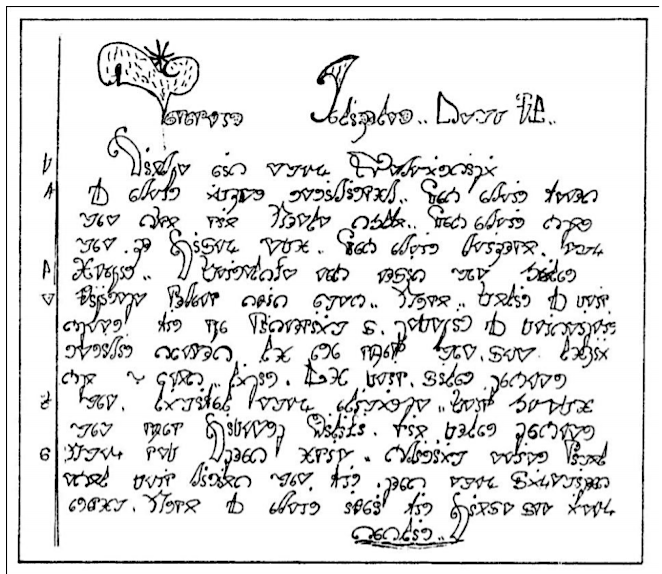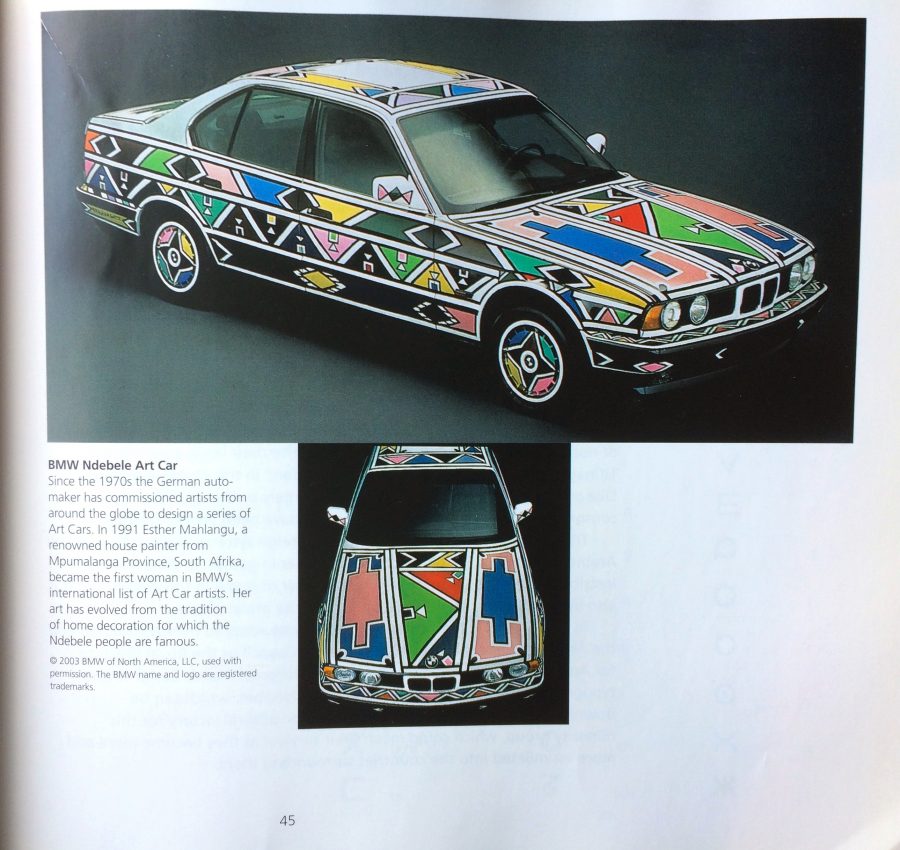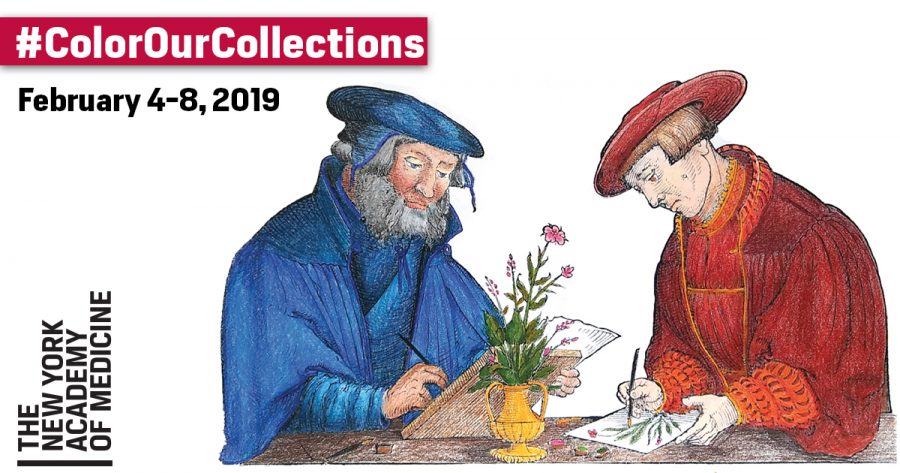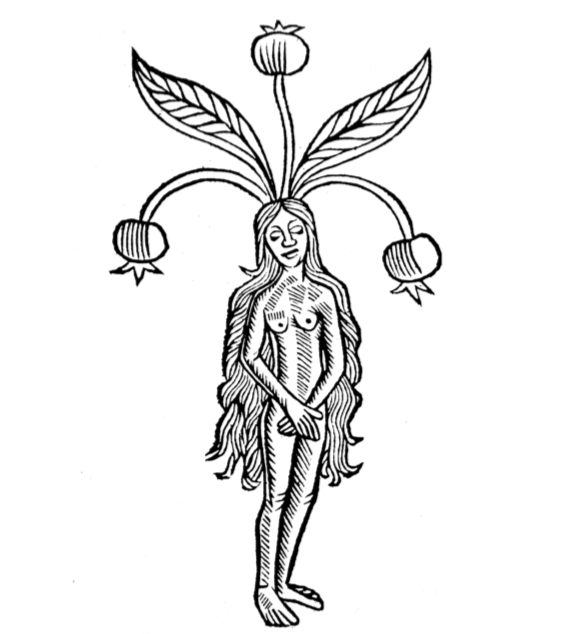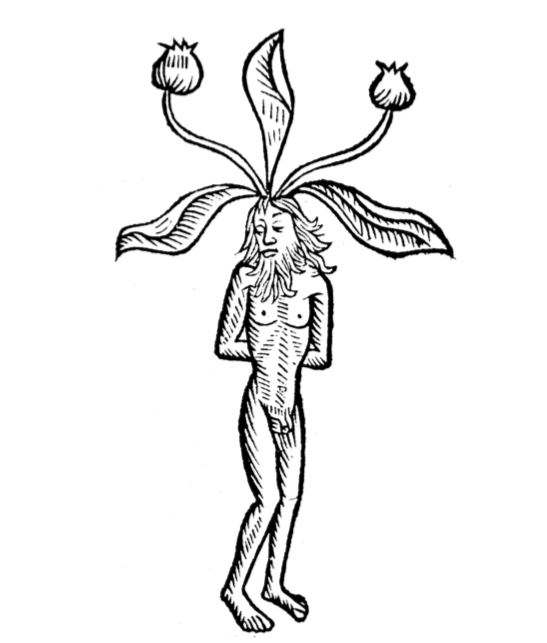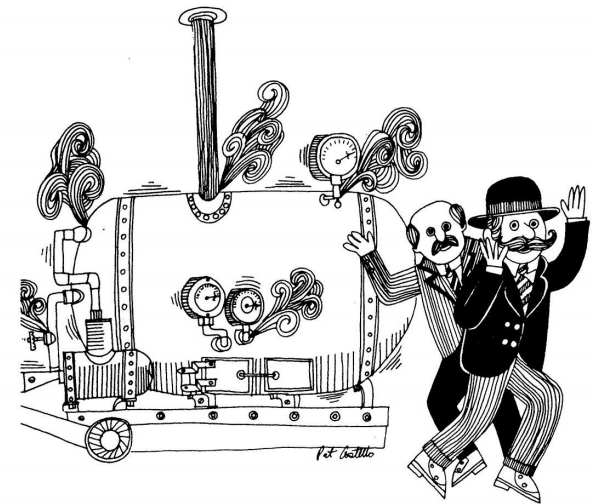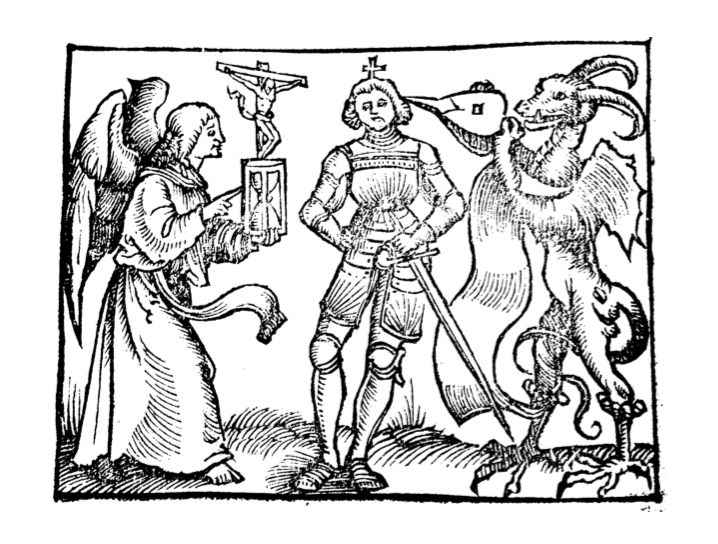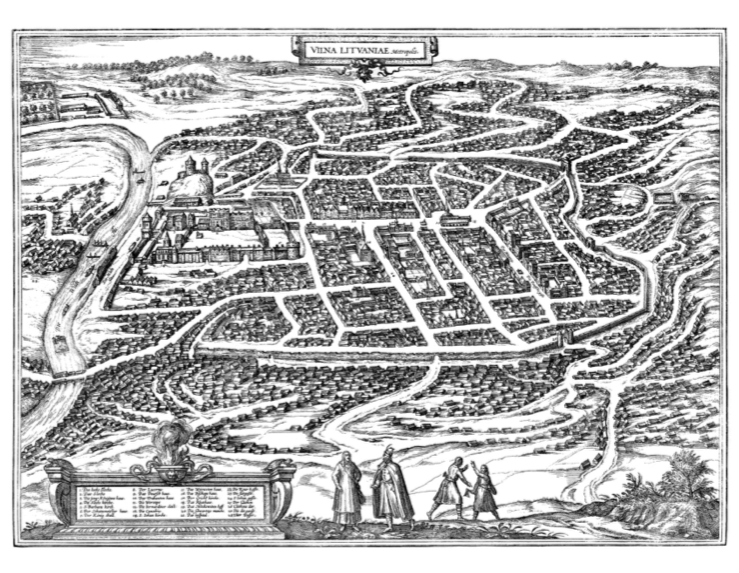[Most Recent Entries] [Calendar View]
Friday, February 8th, 2019
| Time | Event |
| 9:00a | The Atlas of Endangered Alphabets: A Free Online Atlas That Helps Preserve Writing Systems That May Soon Disappear
The United Nations, as you may or may not know, has designated 2019 the Year of Indigenous Languages. By fortunate coincidence, this year also happens to mark the tenth anniversary of the Endangered Alphabets Project. In 2009, its founder writes, "times were dark for indigenous and minority cultures." Television and the internet had driven "a kind of cultural imperialism into every corner of the world. Everyone had a screen or wanted a screen, and the English language and the Latin alphabet (or one of the half-dozen other major writing systems) were on every screen and every keyboard" — putting at a great disadvantage those who could only read and write, say, Mandombe, Wancho, or Hanifi Rohingya.
2019, by contrast, turns out to be "a remarkable time in the history of writing systems" when, "in spite of creeping globalization, political oppression, and economic inequalities, minority cultures are starting to revive interest in their traditional scripts." A variety of these scripts have found new lives as the material for works of art and design, and they've also received new waves of preservation-minded attention from activist groups and governments alike. But that doesn't guarantee their survival through the 21st century, an unfortunate fact toward which the Endangered Alphabets Project's Atlas of Endangered Alphabets exists to draw attention.
Not all the scripts included in the Atlas are alphabets — "some are abjads, or abugidas, or syllabaries. A couple are even pictographic systems" — but all lack "official status in their country, state, or province" and "are not taught in government-funded schools." All once enjoyed "widespread acceptance and use within their cultural and linguistic community," but none do any longer, and though none are actually extinct, all suffer from endangerment as a consequence of their declining or emerging status (as well as, often, of "being dominated, bullied, ignored, or actively persecuted by another, more powerful culture"). You can explore the endangered languages by scrolling, zooming, and clicking the world map on the atlas' front page.
Or you can browse them all, from Adlam to Zo, on an alphabetically ordered list — ordered, of course, by the Roman alphabet, but full of examples of writing systems that differ in many and often surprising ways from it. Take, for example, the African Ditema tsa Dinoko script, which allows the writer to express with not just shape but color. Developed between 2010 and 2015 to write southern Bantu languages, it takes its forms from southern African murals of the kind painted by Esther Mahlangu, whose BMW art car appears in the Atlas of Endangered Alphabets' gallery. BMW might consider commissioning another one emblazoned with official Ditema tsa Dinoko letters. With promotion that snazzy, what writing system could possibly go extinct? Related Content: Dictionary of the Oldest Written Language–It Took 90 Years to Complete, and It’s Now Free Online How to Write in Cuneiform, the Oldest Writing System in the World: A Short, Charming Introduction You Could Soon Be Able to Text with 2,000 Ancient Egyptian Hieroglyphs Based in Seoul, Colin Marshall writes and broadcasts on cities, language, and culture. His projects include the book The Stateless City: a Walk through 21st-Century Los Angeles and the video series The City in Cinema. Follow him on Twitter at @colinmarshall or on Facebook. The Atlas of Endangered Alphabets: A Free Online Atlas That Helps Preserve Writing Systems That May Soon Disappear is a post from: Open Culture. Follow us on Facebook, Twitter, and Google Plus, or get our Daily Email. And don't miss our big collections of Free Online Courses, Free Online Movies, Free eBooks, Free Audio Books, Free Foreign Language Lessons, and MOOCs. |
| 12:00p | Download Free Coloring Books from 113 Museums
One can only color so many floral-trimmed affirmations before one begins to crave something slightly more perverse. An emaciated, naked, anthropomorphized mandrake root, say or… Thy wish is our command, but be prepared to hustle, because today is the final day of Color Our Collections, a compellingly democratic initiative on the part of the New York Academy of Medicine. Since 2016, the Academy has made an annual practice of inviting other libraries, archives, and cultural institutions around the world to upload PDF coloring pages based on their collections for the public's free download. This year 113 institutions took the bait.
Our host, the New York Academy of Medicine kicks things off with the aforementioned mandrakes, and then some. Medical subjects are a popular theme here. You’ll find plenty of organs and other relevant details to color, compliments of Boston’s Countway Library’s Center for the History of Medicine, London’s Royal College of Physicians, and the Historical Medical Library of The College of Physicians of Philadelphia (aka the Mütter Museum).
The coloring book of the Richardson-Sloane Special Collections Center at the Davenport Public Library is a bit more all-ages. They certainly remind me of my childhood. The work of native son, Patrick J. Costello, above, figures heavily here. Either he deserves a lot of credit for developing the School House Rock aesthetic, or he was one of a number of hard working illustrators tapping into the cartoon-y, thick-nibbed zeitgeist
The Andover-Harvard Theological Library’s coloring book has some divine options for those who would use their coloring pages as DIY 16th-century bookplates or alphabet primers.
Those who need something more complex will appreciate the intricate maps of the Lithuanian Art Museum’s coloring book. Coloring Franz Hogenberg’s 1581 map of Vilnius is the emotional equivalent of walking the labyrinth for god knows how many hours.
As befits a content website-cum-digital-National-Library, the Memoria Chilena Coloring Book 2019 has something for every taste: flayed anatomical studies, 1940’s fashions, curious kitty cats, and a heaping helping of jesters. Check out all your options here. Once you've had your way with the Crayolas, please share your creations with the world, using the hashtag #ColorOurCollections. Participating Institutions 2019 The New York Academy of Medicine Library Royal College of Physicians, London OHSU Historical Collections & Archives University of Wisconsin-Milwaukee Special Collections Swarthmore College Libraries South Carolina State Library Shenandoah County Library, Truban Archives Biblioteca de la Universidad de Zaragoza Christ's College Library, Cambridge Tower Hill Botanic Garden University of Waterloo Special Collections & Archives Wageningen University & Research Brunel University Special Collections Hawaii State Foundation on Culture and the Arts Washington State Library Saint Francis de Sales Parish United by the Most Blessed Sacrament Parish History Archives Getty Research Institute Auckland Museum Loyola University Chicago Archives & Special Collections Seton Hall University Libraries Bibliotheque interuniversitaire de Sante, Paris Digital Library at Villanova University West Virginia and Regional History Center Bass Library, Yale University Library University of Kansas Libraries Medical Heritage Library The Ohio State University Health Sciences Library University of Massachusetts Amherst Libraries Rutgers University Special Collections and University Archives University of British Columbia Library National Library of Medicine Science History Institute Ricker Library of Architecture and Art at the University of Illinois Chautauqua Institution Archives Bibliotheque et Archives nationales du Quebec The LuEsther T. Mertz Library of the New York Botanical Garden Auburn University Special Collections and Archives Open Museum, Academia Sinica Center for Digital Cultures Les Champs Libres Lithuanian Art Museum Memoria Chilena Barret Library, Rhodes College Wales Higher Education Libraries Forum (WHELF) Royal Anthropological Institute Delaware Museum of Natural History James Madison University Libraries Utah State University Libraries Special Collections & Archives Stevens Institute of Technology / Archives & Special Collections Waring Historical Library of the Medical University of South Carolina Bernard Becker Medical Library at Washington University in St. Louis University of Puget Sound Drexel University College of Medicine Legacy Center Archives and Special Collections Queens' College Library, Cambridge Stadtbibliothek Koeln Andover-Harvard Theological Library Rare Book and Manuscript CRAI Library at University of Barcelona Newberry Library Historical Medical Library of The College of Physicians of Philadelphia Lambeth Palace Library Folger Shakespeare Library University of Glasgow Archives and Special Collections John J. Burns Library Biodiversity Heritage Library The University of Iowa Libraries, Iowa Digital Library Tennessee State Museum Center for the History of Medicine, Countway LIbrary Russian State Library South Carolina Historical Society Library Company of Philadelphia The Burke Library at Union Theological Seminary Pratt Institute Archives The Children's Museum of Indianapolis Wangensteen Historical Library of Biology and Medicine, University of Minnesota Libraries Washington University Libraries Julian Edison Department of Special Collections Libraries and Cultural Resources, University of Calgary Leonard H. Axe Library, Pittsburg State University Susquehanna University, Blough-Weis Library Richardson-Sloane Special Collections Center, Davenport Public Library Denver Public Library, Western History and Genealogy Findlay-Hancock County Public Library Northern Illinois University Escuela Superior de Artes de Yucatan Lake County Public Library United Nations Library Geneva Jeleniorskie Centrum Informacji i Edukacji Regionalnej Ksiaznica Karkonoska Women and Leadership Archives, Loyola University Chicago Grand Portage National Monument Archives Collection Jagiellonian Library Botanical Research Institute of Texas University of North Texas Libraries Lehigh University Libraries Special Collections Rare Book and Manuscript Library at the University of Illinois at Urbana-Champaign Massachusetts General Hospital Archives & Special Collections Clark Special Collections, McDermott Library, USAFA Bibliotheque nationale de France Centre for Chinese Contemporary Art Archive & Library Shangri La Museum of Islamic Art, Culture & Design British Library Western University Archives and Special Collections Europeana Denver Botanic Gardens MedChi, The Maryland State Medical Society Grinnell College Libraries University of Maryland, Baltimore County (UMBC) Historical Society of Pennsylvania National Library of Russia Eastern Kentucky University Special Collections & Archives Numelyo Louisiana State University Special Collections New York State Library North Carolina Pottery Center Royal Horticultural Society Libraries Library of Virginia Related Content: Ayun Halliday is an author, illustrator, theater maker and Chief Primatologist of the East Village Inky zine. See her onstage in New York City this Monday as host of Theater of the Apes book-based variety show, Necromancers of the Public Domain. Follow her @AyunHalliday. Download Free Coloring Books from 113 Museums is a post from: Open Culture. Follow us on Facebook, Twitter, and Google Plus, or get our Daily Email. And don't miss our big collections of Free Online Courses, Free Online Movies, Free eBooks, Free Audio Books, Free Foreign Language Lessons, and MOOCs. |
| 5:29p | George Orwell’s Essay “British Cookery” is Officially Published 70 Years After It Was Rejected by the British Council (1946)
Image by BBC, via Wikimedia Commons Voltaire once joked that Britain had “a hundred religions and only one sauce.” In my experience, that sauce is a curry, which was already a British staple in Voltaire’s time. No doubt he had something much blander in mind. Of course, it’s all hyperbolic fun until someone takes offense, as did George Orwell in 1946, when he wrote, against Voltairean stereotypes, about the misunderstood pleasures of British food. His essay, “British Cookery," was commissioned by the British Council, but they subsequently deemed that it would be “’unwise to publish,’” reports the Daily Mail, “so soon after the hungry winter of 1946 and wartime rationing.” Not that it matters much now, but the Council has formally apologized to the deceased Orwell, over 70 years later. Senior policy analyst Alasdair Donaldson explains they are “delighted to make amends” by publishing the essay in full, alongside “the unfortunate rejection letter.” You can read it here at the British Council site. Orwell grants that the British diet is “simple, rather heavy, perhaps slightly barbarous… with its main emphasis on sugar and animal fats…. Cheap restaurants in Britain are almost invariably bad, while in expensive restaurants the cookery is almost always French, or imitation French.” Elsewhere, he concedes, “the British are not great eaters of salads.” Indeed, he says, “the two great shortcomings of British cookery are a failure to treat vegetables with due seriousness, and an excessive use of sugar.” He does go on at length, in fact, about what sounds like a national epidemic of sugar addiction. Such lapses of taste are also what we would now label a nutritional emergency. He may seem to grant too much to critics of British cooking. But this is mainly by contrast with spicier, more vegetable-friendly cuisines of the continent and colonies. The kind of cooking he describes makes creatively varied uses of sturdy but limited local resources (except for the sugar). Orwell’s brutal honesty about British food's deficiencies makes him sound like a trustworthy guide to its true delights. One of the truths he tells is that “British cookery displays more variety and more originality than foreign visitors are usually ready to allow.” The average visitor encounters British food principally in restaurants, pubs, and hotels, which, “whether cheap or expensive” are not representative of “the diet of the great mass of the people.” This may be said of many regional cuisines. But Orwell is devoted to a native British cooking which had, at the time, almost disappeared after six years of war rationing. This cooking is rich in roast and cold meats, cheeses, breads, Yorkshire and suet puddings, potatoes and turnips. The British diet is, or was, Orwell writes, eaten by the lower and upper classes alike, under different names and prices. Seasonings are few. “Garlic, for instance, is unknown in British cookery proper.” What stands out is mint, vinegar, butter, dried fruits, jam, and marmalade. Orwell himself included a marmalade recipe. (A handwritten note reads “Bad recipe! Too much sugar and water.”), which you can see below. Decide for yourself how much sugar to add.
An increasing number of people are cutting back or quitting nearly every main ingredient in what Orwell describes as authentic British cooking: from meat to dairy to gluten to sugar to suet…. But if we are going to give it a fair shake, he argues, we must try the real thing. Or his version of it anyway. He includes several more recipes: Welsh rarebit, Yorkshire pudding, treacle tart, plum cake, and Christmas pudding. Orwell’s "British Cookery" wars with itself and comes to terms. He fills each paragraph with frank acknowledgements of British cuisine’s shortcomings, yet he relishes its simple, solid virtues. He writes that “British cookery” is “best studied in private houses, and more particularly in the homes of the middle-class and working-class masses who have not become Europeanized in their tastes.” It's a kind of cultural nationalism, but perhaps one suggesting those who want others to understand and appreciate a specific kind British culture should invite outsiders in to share a meal. Related Content: George Orwell Explains How to Make a Proper Cup of Tea Try George Orwell’s Recipe for Christmas Pudding, from His Essay “British Cookery” (1945) Foodie Alert: New York Public Library Presents an Archive of 17,000 Restaurant Menus (1851-2008) Josh Jones is a writer and musician based in Durham, NC. Follow him at @jdmagness George Orwell’s Essay “British Cookery” is Officially Published 70 Years After It Was Rejected by the British Council (1946) is a post from: Open Culture. Follow us on Facebook, Twitter, and Google Plus, or get our Daily Email. And don't miss our big collections of Free Online Courses, Free Online Movies, Free eBooks, Free Audio Books, Free Foreign Language Lessons, and MOOCs. |
| << Previous Day |
2019/02/08 [Calendar] |
Next Day >> |
